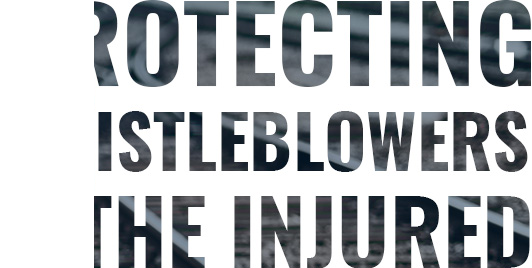Railroad crossings are one of the most dangerous points on the whole rail system. The U.S. Department of Transportation Federal Railroad Administration reports that 1,279 people have died in the 10,525 railroad crossing incidents during the past five years.
Drivers and pedestrians might have avoided many of these incidents if they had taken more care at crossings. While train drivers might have averted some, stopping a moving train in time is often impossible.
Railroad companies need to do all they can to prevent accidents at crossings. They need to ensure adequate barriers and warning signs are in place and maintained. They also need to take advantage of technological improvements to monitor rail tracks and alert drivers in time to slow the train when, for example, someone’s vehicle gets stuck on the crossing.
Europe trialing new video analytics systems
One such example is Scene Analytics, developed by Nokia and several partners. It is currently on trial in Switzerland. It uses existing crossing cameras to record what is going on and permits AI to examine what it is seeing. Over time, the AI will become more competent in predicting potential problems based on patterns it sees. It can then feed this information into the alerts and warning system to improve collision prevention.
It is still early days for the AI rail crossing safety system. Until then, much of crossing safety will come down to humans. If you believe your rail employer is failing to take crossing safety seriously. Or, if they ignore a danger you report, it is essential to understand more about how you can blow the whistle while protecting your job.

